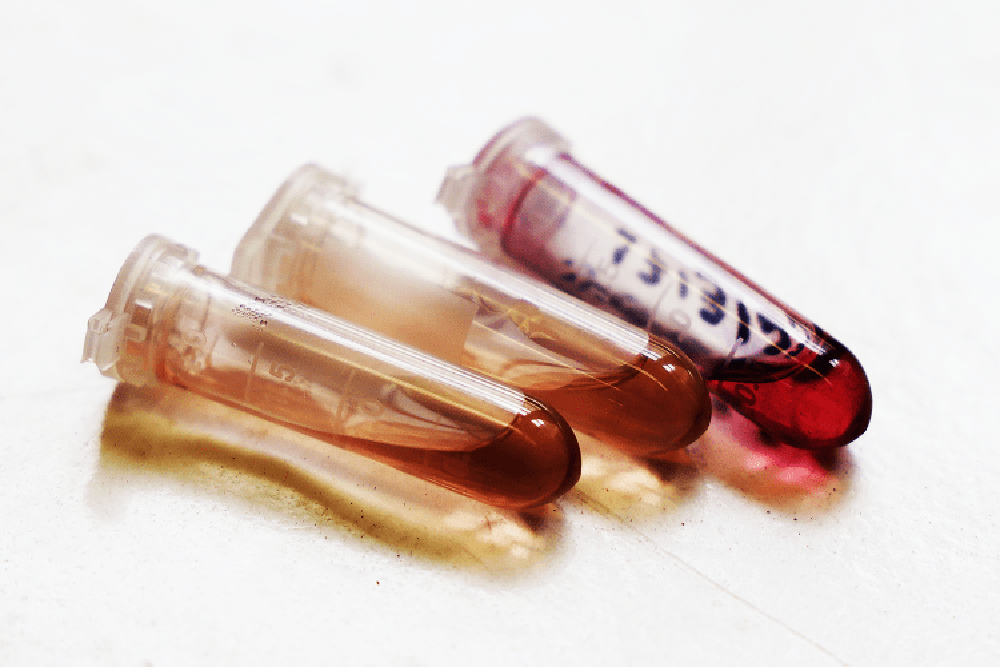Researchers from the Institute of Advanced Materials Physics, Nanotechnology and Photonics (IFIMUP), based at the Faculty of Sciences of the University of Porto (FCUP), are manufacturing, optimizing and testing gold nanoparticles with potential in the treatment of cancer.
The work is the basis of the master's thesis in Medical Physics by student Sara Freitas, supervised by Célia Sousa and João Horta Belo. This demand was joined by surgeon José Azevedo, a researcher at the Champalimaud Foundation. From the friendship between the physicist João Horta Belo and the doctor specializing in colorectal cancer, a partnership for the future emerged. The objective is to use gold nanoparticles as a reinforcement for phototherapy and radiotherapy. Before being injected into the bloodstream, they can be functionalized with markers to specifically bind to certain tumor cells.
It is this desire to arrive at less invasive treatments, with fewer side effects and that do not affect healthy cells that motivates the team of researchers to explore this gold at the nanoscale.
“These nanoparticles are biocompatible and photothermal agents, that is, they are capable of generating heat due to the absorption of electromagnetic radiation and consequently cause the death of cancer cells by hyperthermia”, explains IFIMUP researcher, João Horta Belo. “In addition, they are radiosensitive and, in our body, they work like nanoantennas, multiplying the“ signal ”of X-ray-type radiation”, he adds.
There are already in vivo and in vitro tests with these particles for various types of cancer. However, in a recently published review study, they found that there are very few studies and information on the combined use of nanoparticles with phototherapy and radiotherapy.
For now, the team's goal is to explore the potential in phototherapy. At IFIMUP, they got down to work and started a study using a continuous laser.
“Nanoparticles can have different shapes: spherical, wire or star – which absorb light at different wavelengths”, he explains. “We can control the morphology of these nanoparticles to absorb more light near the infrared region, so that more energy passes from the skin to the nanoparticles. The greater the energy absorbed by these nanoparticles, the greater the heat they will release to eliminate the tumor cells”, he continues.
With this study, it was demonstrated that it is possible to optimize the experimental conditions so that the nanoparticles absorb the maximum energy, produce more heat, heating the cancer cells and eliminating them.
This research work is part of a broader study of the use of nanotechnologies for the diagnosis and detection of cancer, which led to collaborations with the Champalimaud Foundation, in Lisbon, and with the Hospital Gregório Maranhão, in Madrid.


















Comments